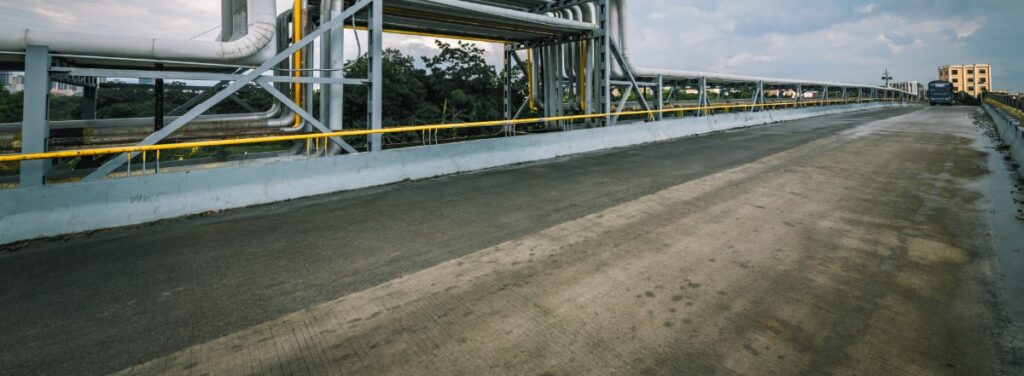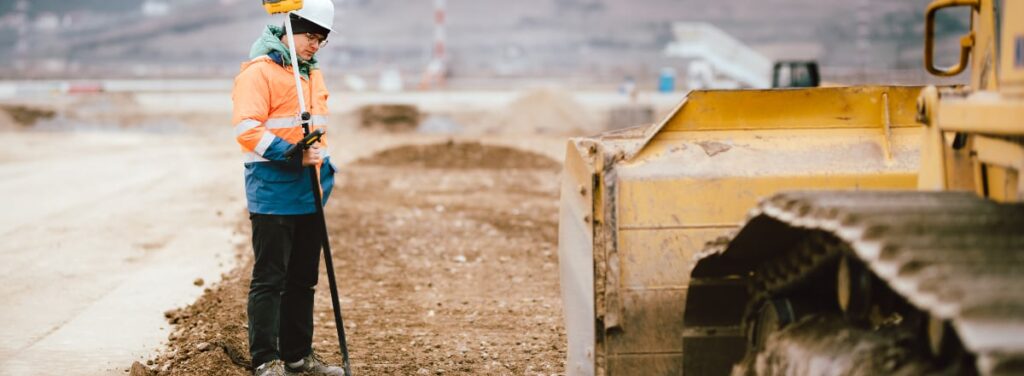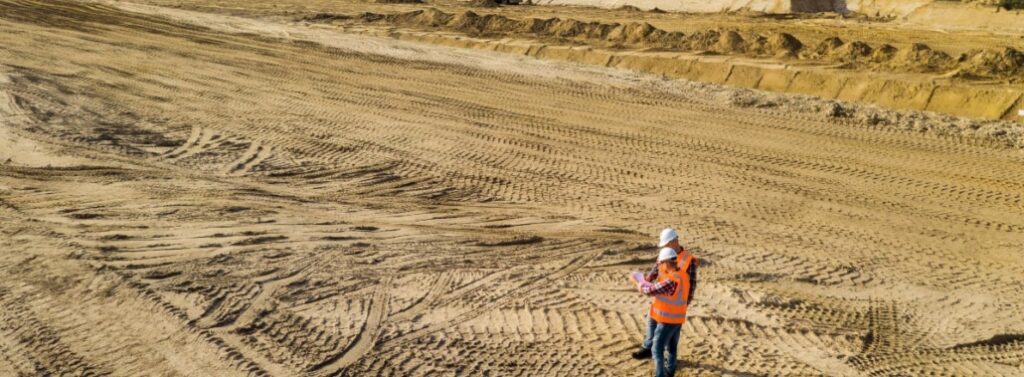No cenário em constante evolução da engenharia civil, a busca por durabilidade, custo-benefício e sustentabilidade na construção de estradas levou a soluções inovadoras. Entre elas, destaca-se a utilização de compósitos de polímero reforçado com fibras (FRP), inaugurando uma nova era na infraestrutura rodoviária.
Contente
Desafios enfrentados pela infraestrutura rodoviária moderna
A espinha dorsal da economia de qualquer nação, sua infraestrutura rodoviária, enfrenta uma crise de deterioração. Sistemas rodoviários antigos, alguns construídos há décadas, lutam para lidar com o crescente volume de tráfego e as pesadas cargas que suportam diariamente. Além disso, essas estruturas estão constantemente expostas a condições climáticas adversas, que variam de temperaturas congelantes, que levam à formação de gelo, a calor escaldante, que causa expansão e contração de materiais. Esses fatores contribuem para a rápida degradação das superfícies das estradas, resultando em buracos, rachaduras e outras formas de desgaste que comprometem a segurança e a eficiência da rede de transporte.
A manutenção desses sistemas antigos representa outro desafio significativo. Os métodos tradicionais de reparo não só consomem tempo e interrompem o tráfego, como também representam uma despesa recorrente, levando a um ciclo de soluções fragmentadas que não são sustentáveis nem economicamente viáveis a longo prazo. O impacto ambiental dos métodos tradicionais de construção e manutenção de estradas também não pode ser ignorado. A extração, a produção e o transporte de materiais como asfalto e concreto, juntamente com as emissões de máquinas de construção, contribuem significativamente para a pegada de carbono dos projetos de infraestrutura.

A ascensão dos compósitos de GFRP
Diante desses desafios assustadores, há uma necessidade urgente de soluções inovadoras que abram caminho para uma infraestrutura rodoviária mais sustentável, durável e eficiente. Os materiais utilizados na construção desempenham um papel fundamental na longevidade e no desempenho das estradas. Portanto, é imperativo explorar e adotar materiais que ofereçam maior durabilidade, exijam manutenção mínima e tenham um impacto ambiental reduzido.
Os compósitos de polímero reforçado com fibras (FRP) surgem como um exemplo de inovação nesse contexto. Esses materiais, conhecidos por sua alta relação resistência-peso e resistência à corrosão, representam uma alternativa revolucionária aos materiais de construção tradicionais, como aço e concreto. Compósitos de FRP, como vergalhões de fibra de vidro, não são apenas mais leves e resistentes, mas também imunes aos efeitos corrosivos do clima e dos produtos químicos utilizados na manutenção de estradas, como sais de degelo. Essa resiliência se traduz em uma infraestrutura rodoviária mais duradoura, com menor necessidade de reparos frequentes.

Vantagens ambientais e direções futuras
Os benefícios ambientais dos compósitos de PRFV são igualmente convincentes. Seu peso mais leve reduz os custos de transporte e as emissões associadas, e sua vida útil mais longa significa substituições e reparos menos frequentes, levando à redução do consumo de matérias-primas e energia. Além disso, o processo de fabricação de materiais de FRP geralmente tem um impacto ambiental menor quando comparado a materiais tradicionais como o aço.
Em resumo, os desafios impostos pela deterioração da infraestrutura rodoviária exigem uma mudança dos métodos convencionais para soluções inovadoras e sustentáveis. Os compósitos de PRFV, com suas propriedades excepcionais e benefícios ambientais, destacam-se como uma solução promissora para reinventar e revitalizar a construção e manutenção de estradas. Os artigos subsequentes se aprofundarão nas propriedades desses materiais, suas aplicações na construção rodoviária e os benefícios econômicos e vantagens ambientais eles oferecem, moldando o futuro da infraestrutura rodoviária.

